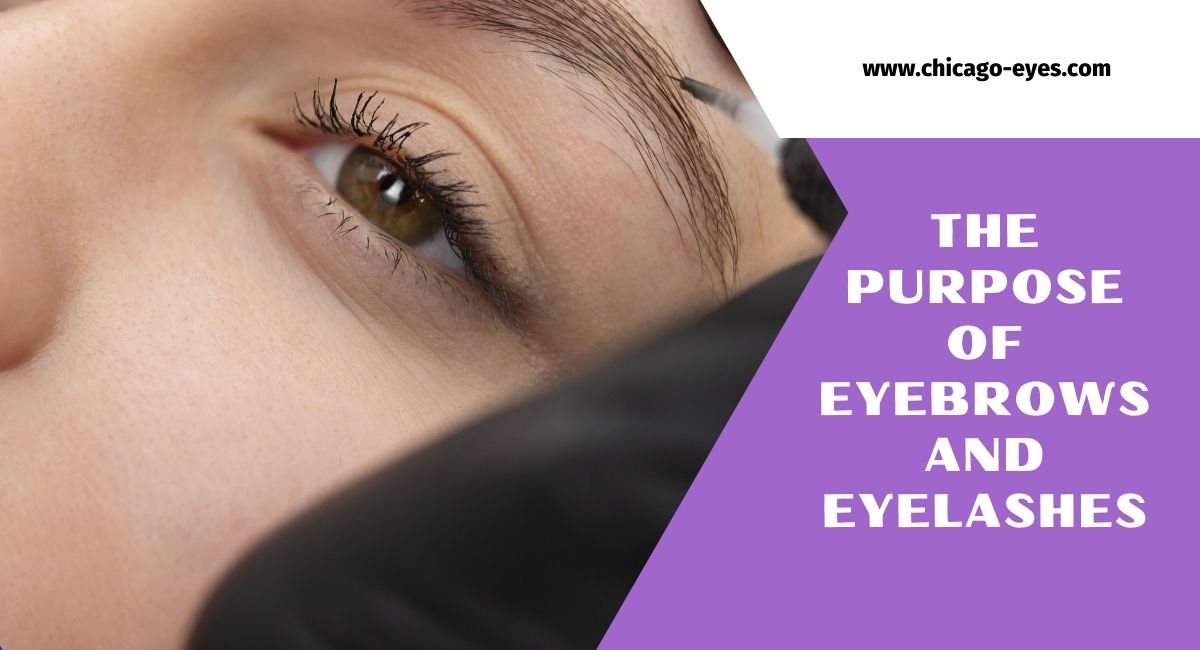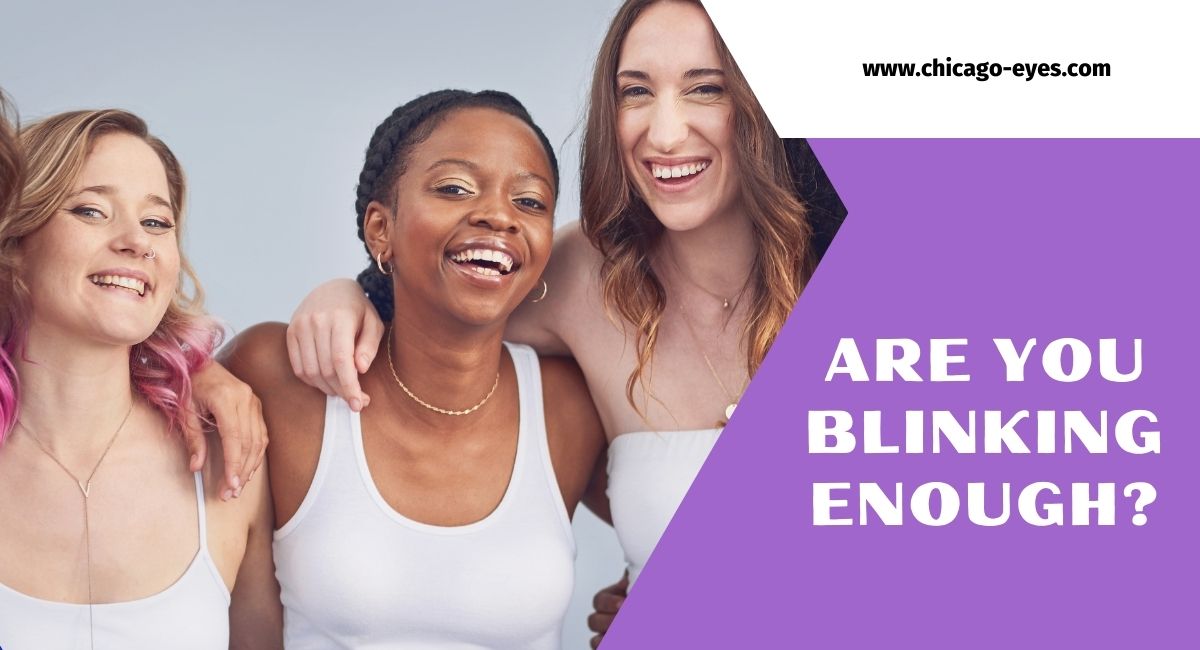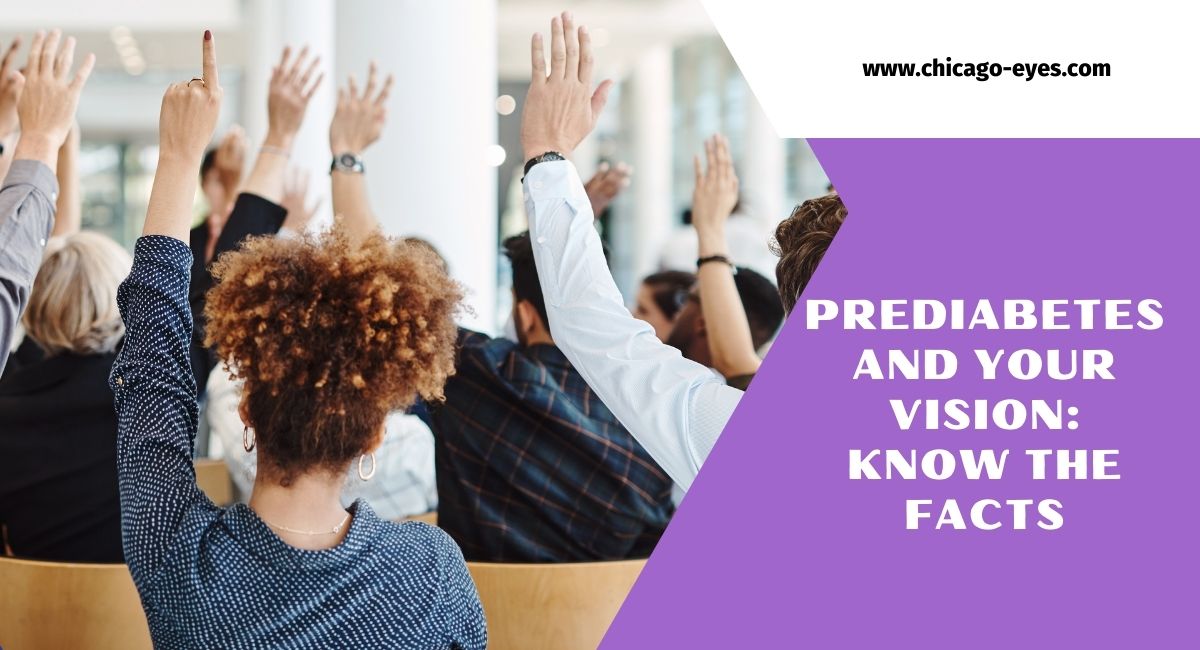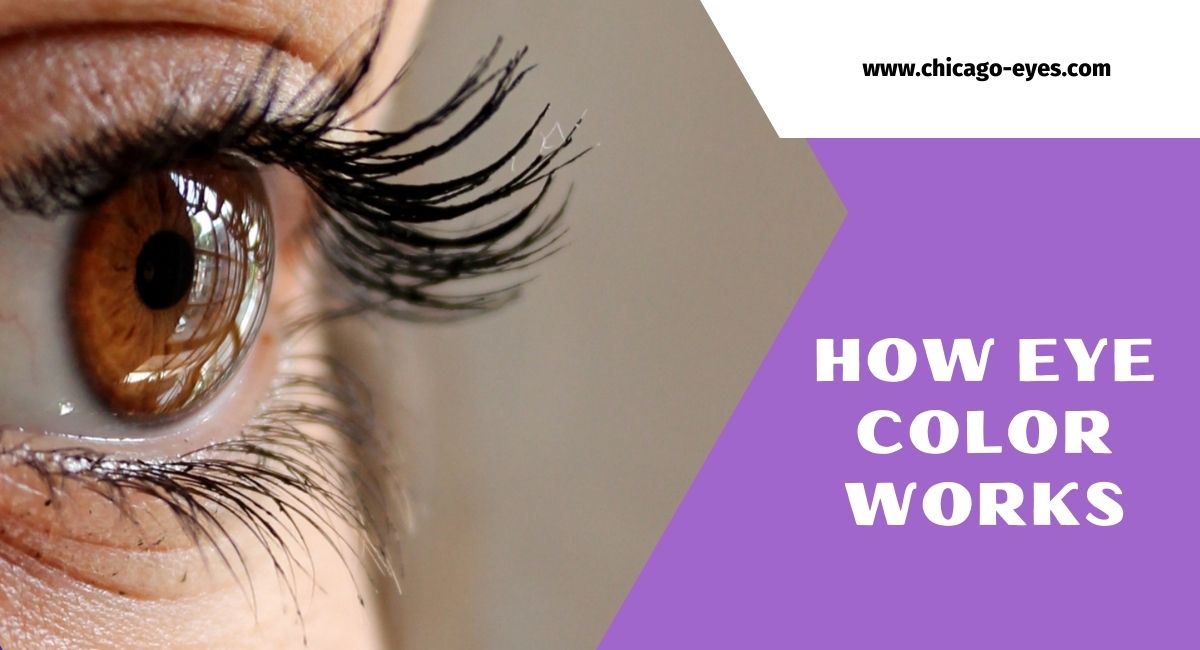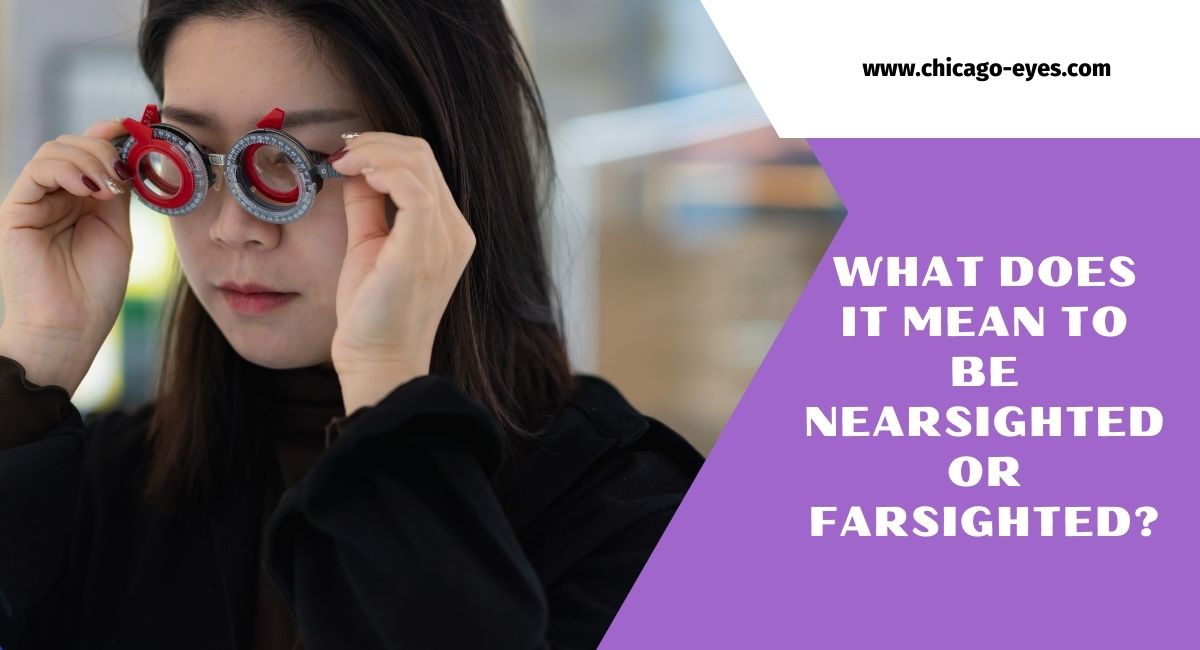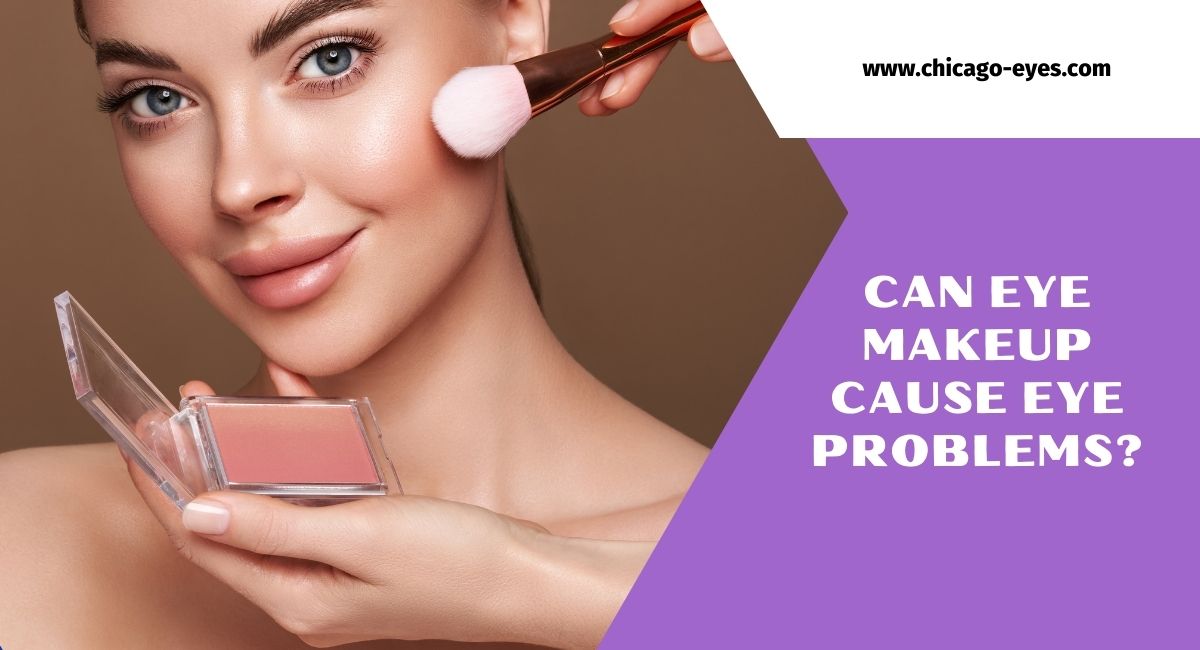Not only do our lashes and eyebrows enhance our appearance, but they also serve a functional purpose. They also aid in protecting us and allow us to communicate our feelings. The initial line of defense for our eyes comprises our lashes and eyebrows.
As humans have progressed, our facial and body hair has grown less. However, our characteristics still revolve around our eyebrows and eyelashes.
Our most prized eye accessories are these, which we tint, tweeze, and wax.
But why do we have hair above and around our eyes? Is there a biological or functional explanation? According to researchers and ophthalmologists, there is.
How Do Eyelashes Protect Your Eyes?
Eyelashes are frequently emphasized for their visual appeal. Indeed, sales of mascara, eye cosmetics, and fake eyelashes are rising during the Covid era. However, in addition to giving the eyes more drama, eyelashes are essential for maintaining eye safety.
Have you ever had sand or a piece of lint get stuck in your eyelashes? That is how eyelashes work as a protective measure.
Your eyelashes serve as your eyes’ first line of defense, preventing dust, debris, lint, and other airborne particles from getting to the sensitive eye tissues.
When eyelids are closed, eyelashes create a nearly impermeable barrier against foreign irritants in the eye, catching some flying particles when the eyes are open.
Eyelashes Are Also Incredibly Sensitive
To what extent is it sensitive? Touch the very tip of one of your eyelashes with your upper arm. You can feel it as soon as you touch them, no matter how softly.
Touching your eyelashes also triggers your body’s natural blinking reaction, which keeps dirt and debris from getting any closer to the actual eye.
Because of the blinking reflex, it can be difficult to keep your eyes open when putting in contacts or applying cosmetics.
Why Do We Have Eyebrows?
What function do eyebrows perform in maintaining eye health, considering everything that eyelashes accomplish to shield the surface of your eyes?
Even though their position is distant from sensitive eye tissue, eyebrows have a vital function. Take note of what happens the next time you’re outside in the sweltering summer heat and sweat begins to trickle down your forehead.
Eyebrows are positioned along the brow bone to assist in direct perspiration and other liquids away from your eyes. Sweat is diverted from your eye socket and drips down the side of your face by your eyebrows.
Sweat, rain, or shower water are just a few of the liquids the eyebrows are excellent at diverting from the eyes. This function is influenced by the structure of your eyebrows as well as by individual hairs within the brow.
In the same way that applying synthetic eyelashes may interfere with the protective role of natural eyelashes, excessive eyebrow hair removal for aesthetic purposes may compromise functioning.
Don’t overpluck your brows—they have evolved to fulfill a defensive purpose.We hope the “bold brow” trend will stick around because it is considerably less uncomfortable and better for your eyes than overplucked eyebrows.
You Are Lovely Just By Nature!
When applying cosmetic enhancements to your eyebrows and eyelashes, exercise caution. It doesn’t take much to maintain their health, as long as we don’t go overboard with plucking and makeup.
Inflammation or issues with hair loss might occasionally occur; if this is the case, please visit us! To keep your eyes safe, we’ll ensure your lashes and eyebrows are in good condition.
A blog entry explaining the functions of eyebrows and eyelashes may conclude by emphasizing their importance for maintaining eye health, increasing facial expressions, and improving overall appearance.
It can also stress how crucial it is to maintain healthy eyebrows and eyelashes with the proper care and upkeep, like avoiding overplucking, using mild treatments, and getting expert help when necessary.
Finally, the conclusion might inspire readers to value their lashes and eyebrows for their natural beauty while also looking for ways to make them look better if desired.
Learn More: Are You Blinking Enough?
